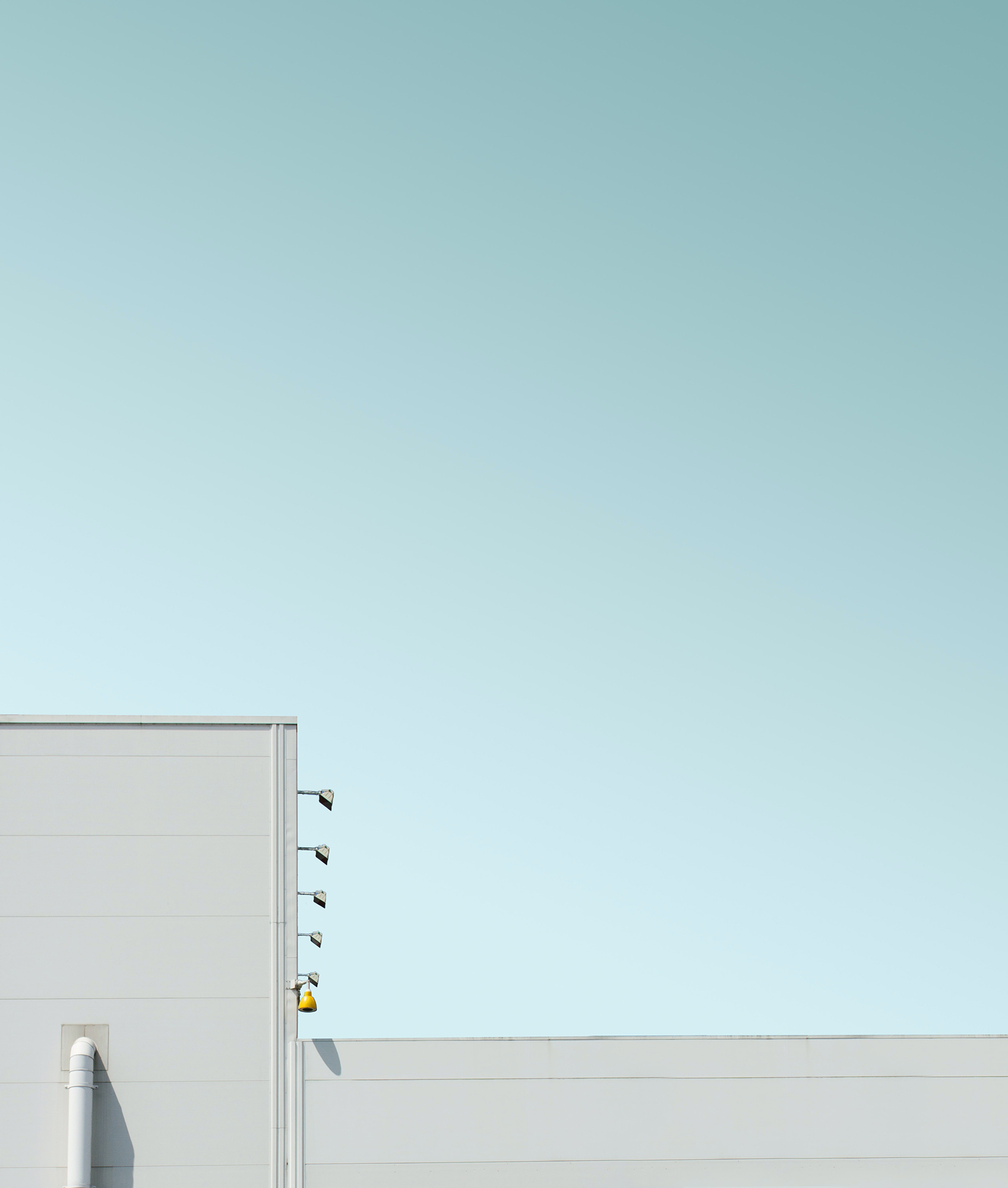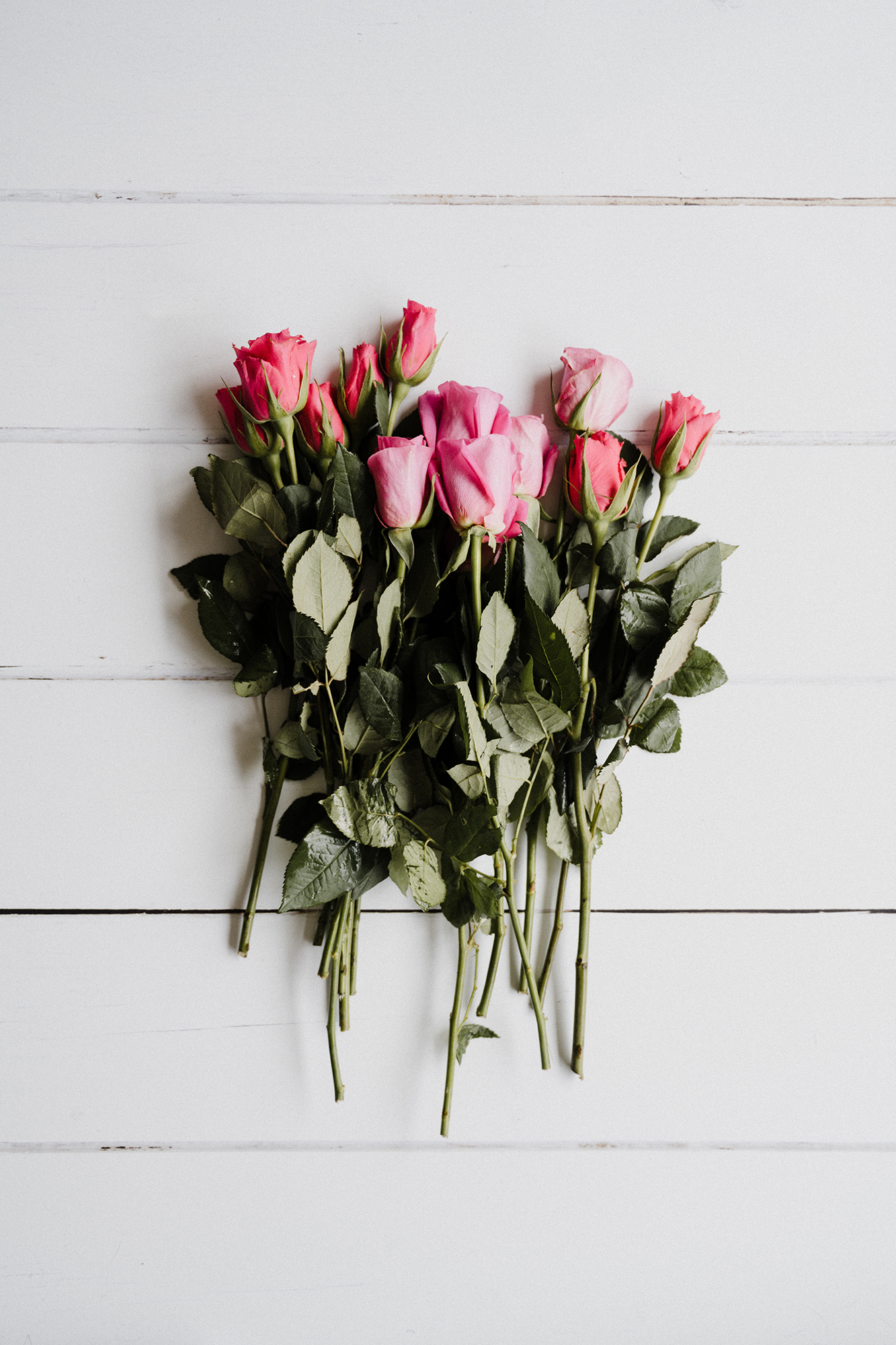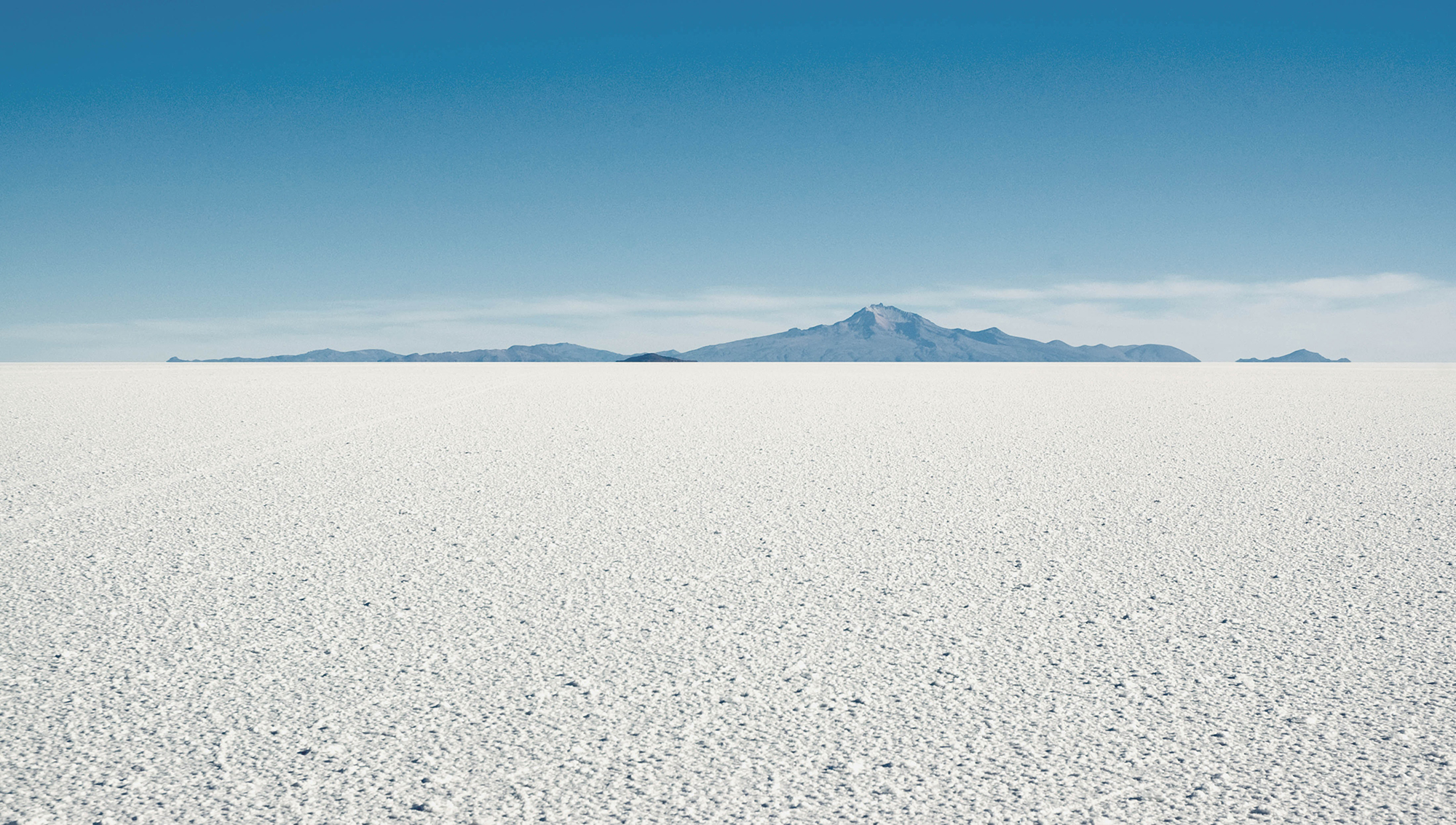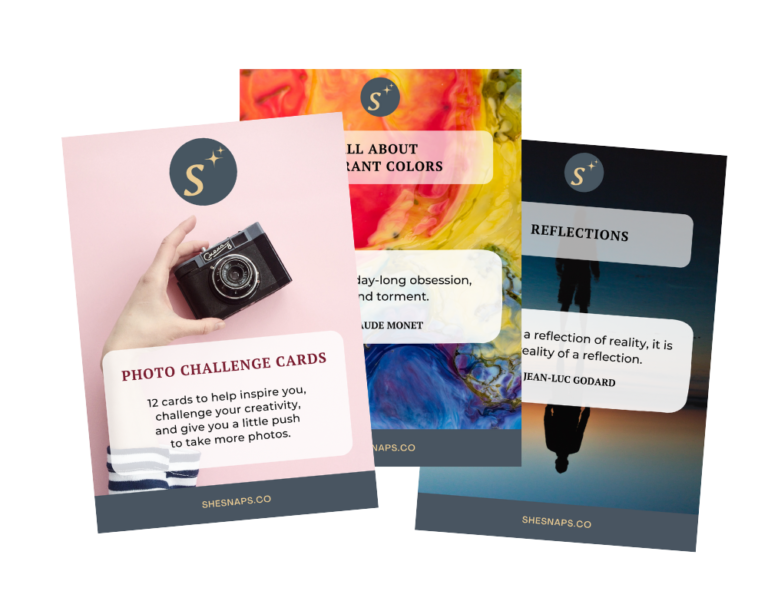Negative space is a powerful compositional tool in photography. But what is it and how do you use it to improve your photography? In this guide, I’ll explain negative space to you and help you learn how to use it effectively.
Here’s what we’ll cover:
- What is negative space?
- What is positive space?
- Why is negative space important?
- Using negative space in photography.

A simple blue sky creates a minimalistic backdrop in this shot
What is negative space?
Negative space is the area around your image’s subject matter, with the subject also being known as the positive space. However, this space can only truly be called negative when referring to areas of a composition that are empty, bland or fairly uninteresting. Negative space is made up of elements that fade into the background and don’t draw a viewer’s eye towards them. So you’ll often find negative space made up of elements such as water, sand, overcast clouds or plain walls (to give a few examples).
In this article, I’ll mainly be talking about using negative space in larger quantities, in a way that focuses attention onto your subject. However, other photos use less negative space and still work extremely well. As with much of photography, using negative space is just one creative tool you can employ.
What is positive space?
Positive space is your subject matter and the area of the photograph that contains points of interest. This is where you’re trying to direct your viewer’s eye. What sort of things make up positive space? It can be almost anything, but commonly photos use subject matters such as faces, people, wildlife, mountains, trees and buildings as positive space.
The goal in photography is to produce a balanced composition and this generally uses a combination of negative and positive space – just in different quantities.

Create your own negative space with a still life image.
Why is negative space important?
Key Lesson: Negative space gives your subject matter space. This, in turn, helps to focus a viewer’s eye and can be a powerful composition tool when used correctly. As a photographer, learning to focus on the negative space around images is important. It helps us to see objects more accurately and makes us pay attention to composition. Negative space helps us look for lines and structure to add balance to an image. And, as the human brain very much likes these things, it helps make the photo more attractive to the eye.

Both the sky and the foreground provide negative space in this image, drawing attention to the mountain.
Using negative space in photography
There are many ways of working with negative space, so let’s look at some of them now.
- Negative space isn’t just a blank white canvas – A common misconception when starting out with negative space is that you need to use a blank white canvas. Your background just needs to be calm and shouldn’t distract from your subject matter. As I’ve already mentioned, you can use backgrounds such as the sky or water to create a uniform canvas for your subject matter.
- Create negative space with depth of field – If you’re shooting somewhere with a crowded background, you can try to create negative space by using a small depth of field. This will blur out a background. It will work best if the background is made up of fairly neutral or similar colours that won’t distract even when blurred.
- Use negative space for balance – What makes a good photograph? Visual balance. When we look at a photograph it should feel complete and speak to the viewer. Negative space balances out positive space, allowing the subject to be powerful and eye-catching without anything else taking away from it. It also undoubtedly makes it easier to balance an image.
- Watch your angles with portraits – If you’re shooting a portrait and using negative space, remember that your subject’s sight line needs to fall into the negative space. If a subject is looking towards the edge of the image rather than into it, your viewer will follow their eyes and find the image unbalanced.
Work with your scene – Part of photography is being flexible and it’s no different when working with negative space. You can, of course, crop an image, zoom in or change your
- perspective but, if you’re shooting outside, you’ll have to work with the existing weather conditions. We tend to be fixated on sunny skies in photography, but overcast, flat or even misty conditions can be great for working with negative space as they immediately give us that blank space we’re looking for.
- Minimalism – Negative space and minimalism go hand in hand and you can create some stark but fascinating imagery by combining the two. How do you go about this? Start by identifying your main subject, which should be a single subject matter such as an individual tree or one person. Now adjust your focal length and perspective to isolate your subject from anything but the negative space around it. For instance, you could crouch down and angle your camera upwards to just get sky behind. Try and eliminate any extra colours – you ideally just want one, or at the most two, colours in your negative space. Now position your subject towards the edge of your frame, using the negative space to draw a viewer’s eye towards it.
- Negative space doesn’t have to be completely empty or just have one subject – Although negative space is most commonly used with a single subject and a very blank background, you can go beyond this idea when you’re more comfortable with the concept. It’s possible to have two subjects in a shot, but you’ll need to make sure they’re given equal weight and surrounded by nothing even slightly distracting. Similarly, you can have objects in the background and in the negative space, but they mustn’t compete with or draw attention away from your positive space. Sometimes you will see blurred objects in the negative space, but they’re all still pushing the attention towards your subject.
In conclusion
Negative space is such a useful photographic technique and makes it easy for photographers to create balanced and beautiful images. But it’s not the easiest technique to master, however simple it may seem. Getting negative space right takes a little effort and skill, but it’s well worth the practice.
Self-help quiz
- What sort of things are commonly used as negative space in images?
- What is positive space?
- Can you use any colour to provide negative space?
- How can depth of field be used to provide negative space?
- Which way should a person be looking in a portrait with negative space?
